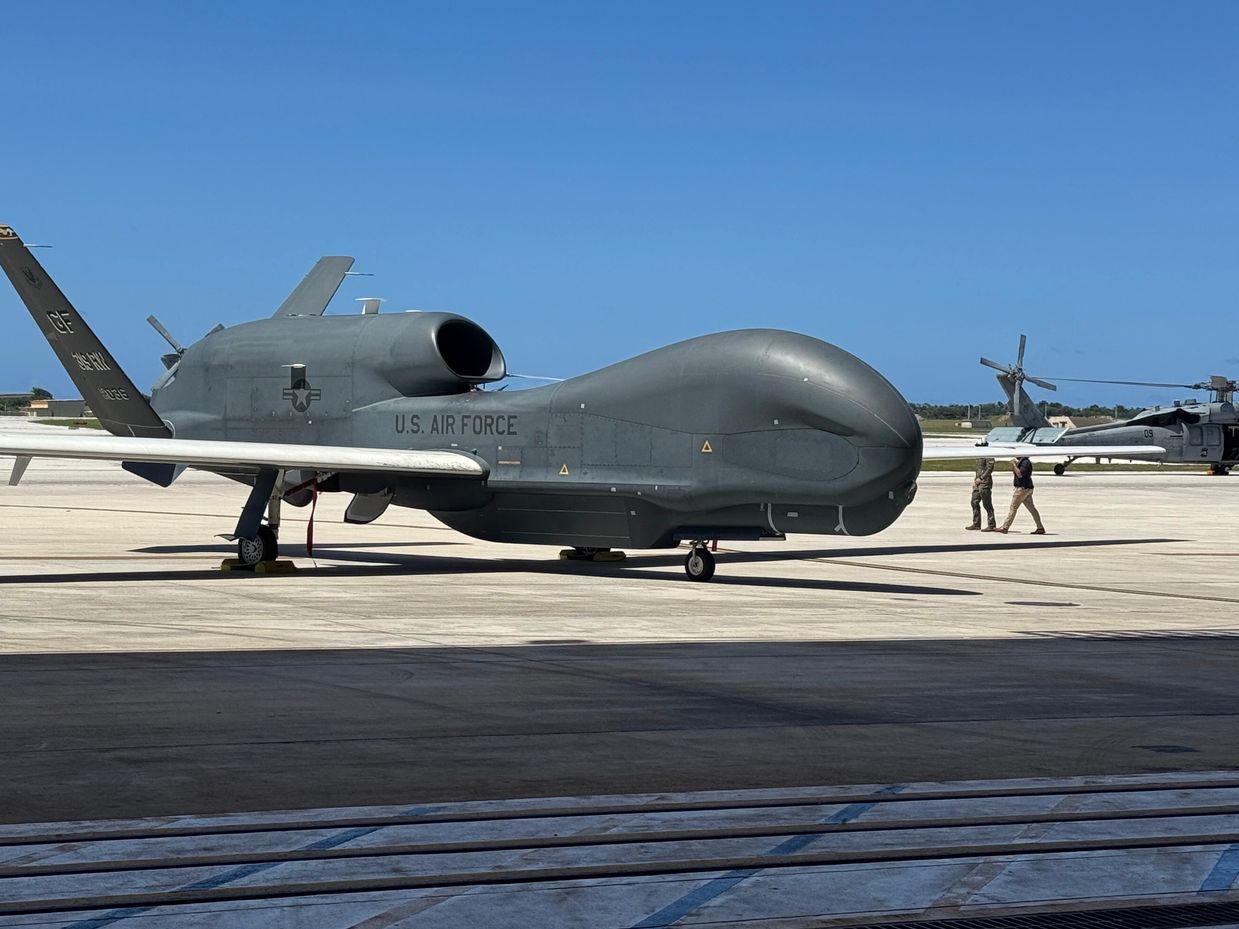
Don’t miss the full story from our staff writer Mike Glenn, whose reporting is the basis of this AI-assisted article.
Guam stands as a strategically vital U.S. territory in the Pacific, serving as a crucial forward operating base in America’s Indo-Pacific defense strategy. With more than 170,000 American residents and multiple key military installations, this island territory plays an increasingly important role in regional security, particularly as tensions with China and North Korea continue to evolve. However, recent government assessments reveal significant planning challenges that could impact the effectiveness of new defense systems being deployed to protect this critical outpost.
Let’s look at eight key facts about Guam:
• Population: Home to more than 170,000 Americans, making it a significant U.S. territory in the Pacific region.
• Strategic location: Positioned closer to China than to Hawaii, highlighting its critical importance in Indo-Pacific defense operations.
• Military presence: Hosts several important military installations that serve as key components of U.S. Pacific defense infrastructure.
• Guam Defense System status: As of March 2025, the Guam Defense System includes six missile launchers and one radar system already deployed.
• Defense components: The planned Guam Defense System will feature missiles, interceptor batteries, command centers and advanced radar systems.
• Primary threats: The defense system is specifically designed to protect against missile attacks from China and North Korea.
• Military leadership: The U.S. Army is leading the establishment and coordination of the defense system on the island.
• Infrastructure needs: Future deployments require additional military housing, schools, medical facilities, and commissaries to support personnel and families.
Read more: GAO: Pentagon lacks crucial plans for missile defense system on Guam
This article is written with the assistance of generative artificial intelligence based solely on Washington Times original reporting and wire services. For more information, please read our AI policy or contact Ann Wog, Managing Editor for Digital, at awog@washingtontimes.com
The Washington Times AI Ethics Newsroom Committee can be reached at aispotlight@washingtontimes.com.












